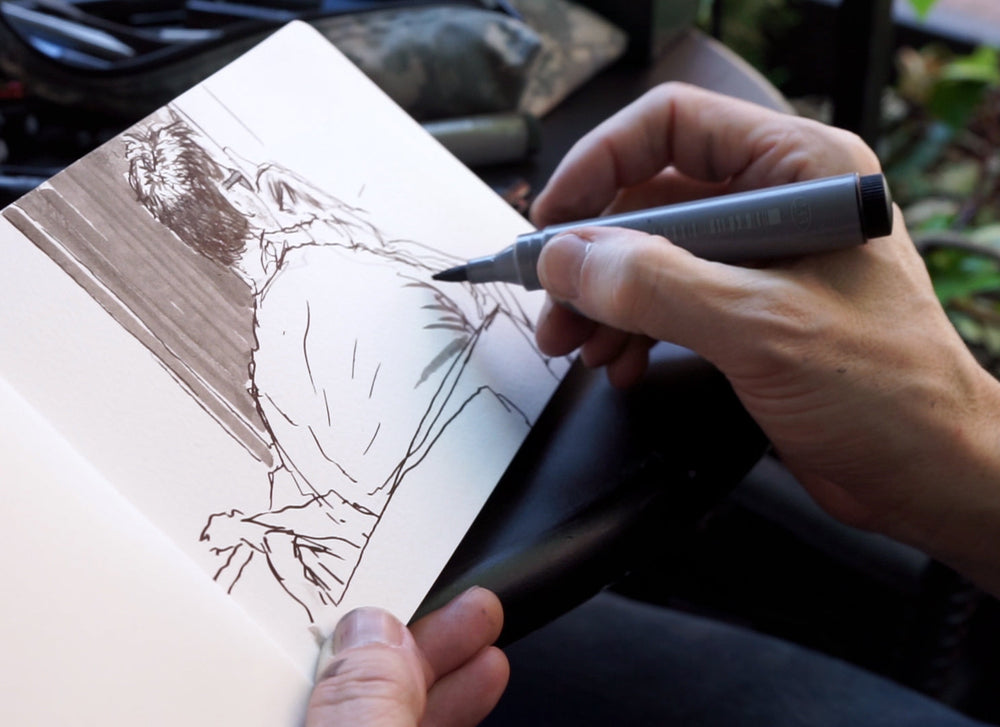
Enhance your artistic abilities and explore the endless possibilities of sketching with colored pencils.
In this informative article, we will unveil the top 10 techniques that will unlock your creative potential.
From layering and blending to creating realistic textures and incorporating vibrant colors, you will learn how to add depth, dimension, and visual interest to your sketches.
Whether you are a seasoned artist or a beginner, this guide is designed to inspire and empower you on your artistic journey.
Layering and Blending Techniques
When using colored pencils, layering and blending techniques can greatly enhance the depth and richness of your artwork. Blending techniques for smooth transitions and layering techniques for creating depth and dimension are essential skills to master.
Blending techniques involve gently combining different colors together to create a seamless and gradual transition. This can be achieved by using a blending stump or a soft brush to soften the edges and blend the colors together.
By layering colors on top of each other, you can create a sense of depth and dimension in your artwork. Start with lighter colors as your base layer and gradually build up with darker shades. This technique allows you to create shadows and highlights, adding realism and depth to your drawings.
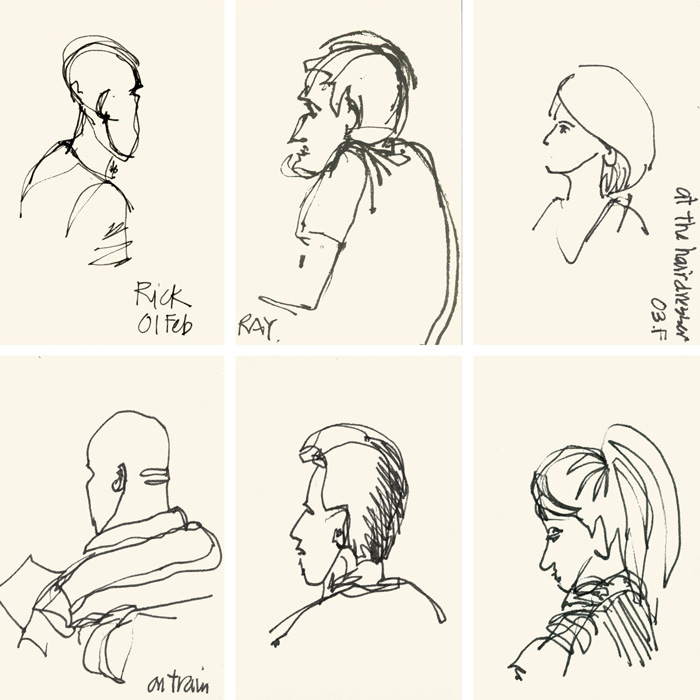
Creating Realistic Textures
Achieving realistic textures with colored pencils requires careful observation and deliberate strokes.
To create textured backgrounds, start by layering different colors to build depth and dimension. Experiment with different pressure levels and strokes, such as cross-hatching or stippling, to mimic the texture you want to portray.
For a soft texture, blending colors can be a useful technique. Use a blending tool or your fingertip to gently blend the colors together, creating a smooth and seamless transition.
Remember to pay attention to the direction of the texture you are trying to depict, whether it's the roughness of bark or the softness of fur.
Practice and experimentation will help you master the art of creating realistic textures with colored pencils, giving your artwork a lifelike and expressive quality.
Understanding Color Theory
Understanding color theory is essential for any artist looking to create vibrant and harmonious artwork.
Primary color mixing allows artists to create a wide range of colors by combining red, blue, and yellow.
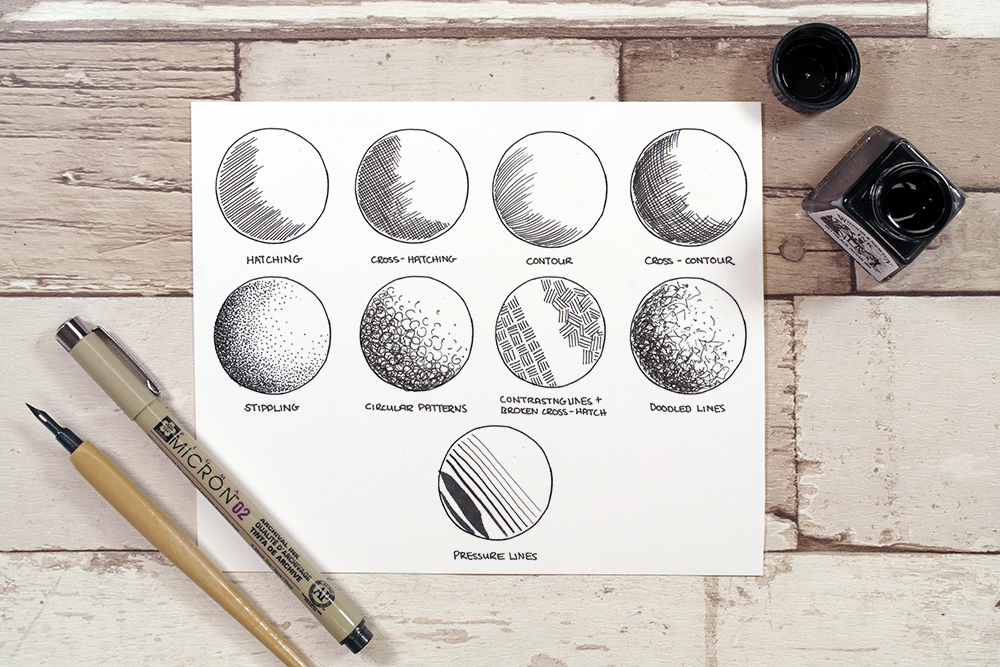
Complementary color combinations, such as pairing red with green or blue with orange, create visual interest and balance in a composition.
Additionally, understanding color temperature and how it affects mood can help artists convey different emotions and atmospheres in their work.
Primary Color Mixing
Through the exploration of primary color mixing, artists can develop a comprehensive understanding of color theory and its application in their artwork. Understanding how primary colors interact and combine is essential for creating vibrant and harmonious compositions.
Here are three key principles of primary color mixing techniques:
Color Wheel: The color wheel is a visual representation of how primary colors (red, blue, and yellow) can be combined to create secondary and tertiary colors. It helps artists understand the relationships between different hues and assists in color selection.
Color Harmony: By using primary colors strategically, artists can achieve color harmony in their artwork. Complementary colors (colors opposite each other on the color wheel) can be mixed to create dynamic contrasts, while analogous colors (colors adjacent to each other on the color wheel) produce harmonious and cohesive compositions.
Color Temperature: Primary colors can also be used to convey temperature in a painting. Warm colors (such as red and yellow) evoke feelings of warmth and energy, while cool colors (such as blue and green) create a sense of calmness and tranquility.
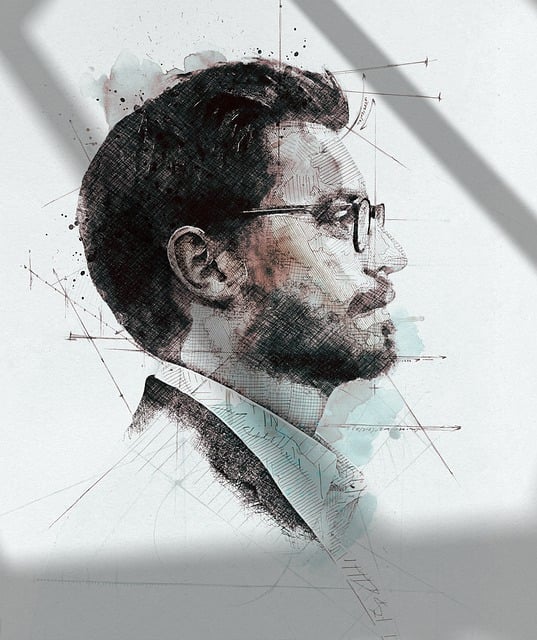
Complementary Color Combinations
When exploring the realm of colored pencil sketching, it is crucial to delve into the realm of complementary color combinations as a means of understanding and applying color theory effectively.
Complementary colors are pairs of colors that are opposite each other on the color wheel, such as red and green, blue and orange, and yellow and purple.
These color combinations create a sense of harmony and balance in artwork. By using complementary colors, artists can enhance the vibrancy and impact of their sketches.
For example, using a combination of blue and orange can create a striking contrast that draws the viewer's attention.
Understanding and experimenting with complementary color combinations allows artists to create dynamic and visually appealing sketches that truly stand out.
Color Temperature and Mood
By considering color temperature and its impact on mood, artists can effectively utilize color theory to evoke specific emotions in their colored pencil sketches. Understanding how different colors can convey different moods is crucial for creating powerful and expressive artwork.
Here are three ways in which color temperature can be used to enhance emotional expression in colored pencil sketches:
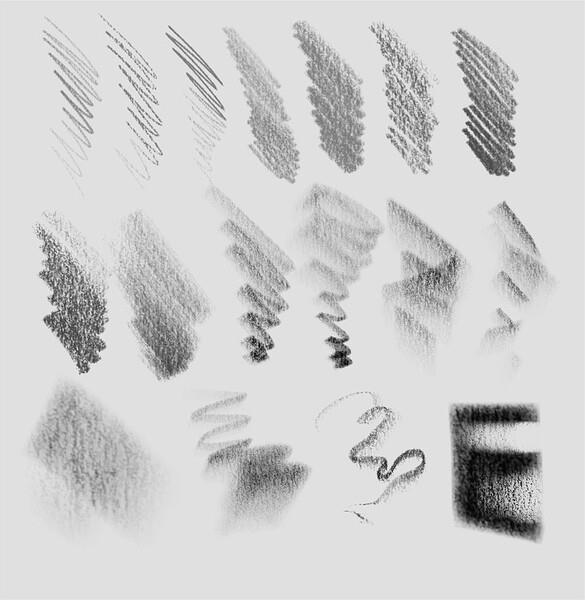
Warm colors: Warm colors such as red, orange, and yellow tend to evoke feelings of warmth, energy, and passion. They can be used to create a sense of excitement and intensity in a sketch, perfect for capturing lively scenes or expressing strong emotions.
Cool colors: Cool colors like blue, green, and purple are known for their calming and soothing qualities. They can create a sense of tranquility, serenity, and relaxation in a sketch. Using cool colors can help convey a peaceful or introspective mood.
Color symbolism: Colors also have cultural and symbolic meanings that can influence emotions. For example, red is often associated with love and passion, while blue is linked to calmness and stability. Understanding color symbolism can help artists communicate specific messages or evoke certain feelings in their colored pencil sketches.
Adding Depth and Dimension
When it comes to adding depth and dimension to your colored pencil sketches, mastering shading techniques is essential.
By varying the pressure and direction of your strokes, you can create realistic 3D effects that bring your drawings to life.
Additionally, layering colors can add depth and dimension by allowing you to blend and build up colors to create a sense of volume and form.
Shading Techniques for Depth
Throughout the process of sketching with colored pencils, incorporating shading techniques is essential for creating depth and adding dimension to your artwork. By mastering these techniques, you can bring your drawings to life and give them a three-dimensional quality. Here are three important shading techniques to consider:
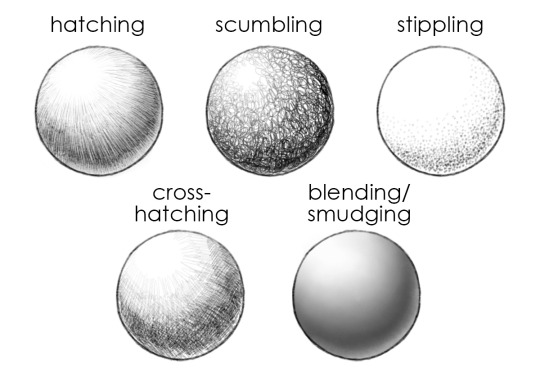
Blending Techniques: Blending colors seamlessly is crucial in achieving a smooth and realistic shading effect. Experiment with different blending tools such as blending stumps or tortillons to create smooth transitions between colors.
Color Selection: Choosing the right colors for shading can greatly enhance the depth of your artwork. Consider using a range of shades within the same color family to create subtle variations and gradients. Additionally, adding complementary colors to shadows can add complexity and depth to your drawings.
Layering: Layering multiple colors on top of each other can produce richer, more vibrant shades. Start with a light layer and gradually build up the intensity by adding more layers. This technique allows you to create depth and dimension by varying the intensity of colors in different areas of your artwork.
Creating Realistic 3D Effects
To achieve a truly lifelike appearance in your colored pencil sketches, it is important to master the techniques that allow you to create realistic 3D effects by adding depth and dimension to your artwork.
One way to achieve this is by incorporating realistic lighting effects. By understanding how light interacts with objects in the real world, you can create shadows and highlights that give your artwork a sense of depth. Pay attention to the direction and intensity of light sources, and use different shades and tones to create a realistic interplay of light and shadow.
Another technique for creating an illusion of depth is through the use of perspective. By understanding how objects appear smaller as they recede into the distance, you can create a sense of depth and distance in your artwork. Experiment with different techniques such as overlapping, diminishing size, and atmospheric perspective to add depth to your drawings.
With practice and experimentation, you can master these techniques and bring your colored pencil sketches to life with stunning 3D effects.
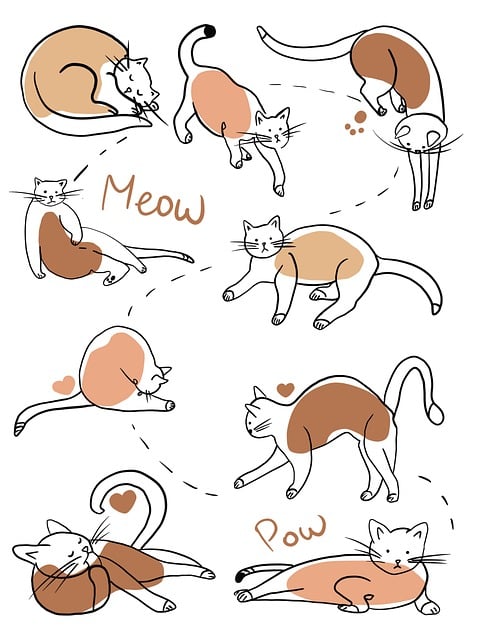
Layering Colors for Dimension
For achieving a vibrant and multi-dimensional artwork, layering colors with precision and finesse is an essential technique to master. By layering different colors on top of each other, artists can create depth and dimension in their drawings. Here are three techniques to help you achieve stunning results:
Gradual Layering: Start by applying light layers of color and gradually build up the intensity. This technique allows for smooth transitions and subtle variations in color.
Burnishing: Use a colorless blender or a white pencil to blend the layers together. This technique helps to smooth out any visible pencil strokes and create a more polished look.
Mixing Colors: Experiment with blending different colors together to create new shades and tones. This technique adds richness and complexity to your artwork, enhancing the overall color saturation.
Incorporating Highlights and Shadows
One essential technique for incorporating highlights and shadows in your colored pencil sketches is to strategically apply varying degrees of pressure to create depth and dimension. By using lighter pressure, you can create highlights, while heavier pressure will produce darker shadows. This technique allows you to control the intensity of the colors and create a realistic three-dimensional effect.
To further enhance your shading, you can also experiment with blending techniques and color mixing. Blending can be done using a blending stump or a soft cloth to smooth out the transitions between colors. Color mixing involves layering different hues to create new shades and tones.
Exploring Different Colored Pencil Brands
The wide range of colored pencil brands available in the market, coupled with their unique qualities and characteristics, allows artists to explore and experiment with different options to find the perfect tools for their artistic expression.
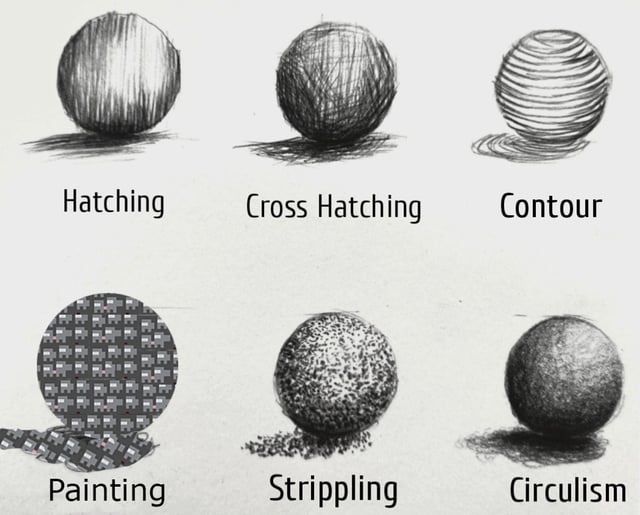
Here are three factors to consider when exploring different colored pencil brands:
Color Psychology: Different brands offer a wide array of color options, allowing artists to delve into the psychological effects of different hues. Brands like Prismacolor offer vibrant and intense colors, perfect for creating bold and expressive artworks. On the other hand, brands like Faber-Castell provide a more subdued color palette, ideal for conveying a sense of tranquility and subtlety in your art.
Comparing Pigment Saturation: Each colored pencil brand has its own formula for creating pigments. Some brands, like Caran d'Ache, offer highly saturated pigments that produce strong and vibrant colors. Others, like Derwent, provide a more subtle and muted color range. Exploring different brands allows artists to compare and experiment with different levels of pigment saturation, enabling them to achieve the desired effects in their artwork.
Unique Characteristics: Every colored pencil brand has its own set of unique characteristics, such as the smoothness of the lead, the ease of blending, and the lightfastness of the pigments. By trying out different brands, artists can discover which characteristics best suit their artistic style and preferences, allowing for greater freedom and creativity in their work.
Using Different Paper Surfaces
How can artists enhance their colored pencil sketches by utilizing various paper surfaces?
The type of paper you choose can greatly impact the look and feel of your final artwork. Different paper surfaces can enhance the characteristics of your colored pencils and allow for greater experimentation with layering.
Smooth surfaces, such as Bristol board or hot-pressed watercolor paper, are ideal for creating vibrant and detailed drawings. They allow the colored pencils to glide smoothly across the surface, making it easier to blend and layer colors.
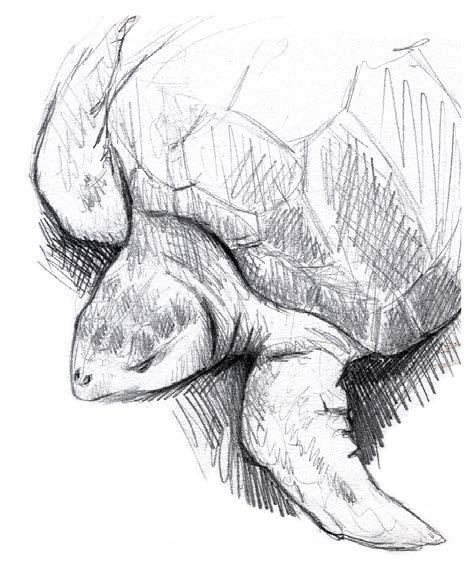
On the other hand, textured surfaces like cold-pressed watercolor paper or pastel paper can add depth and dimension to your sketches. The texture of the paper interacts with the pencil strokes, creating interesting patterns and adding a unique touch to your artwork.
Creating Vibrant and Bold Colors
To achieve striking and vivid colors in your colored pencil sketches, experiment with layering and blending techniques. By combining different colors and applying multiple layers, you can create vibrant and bold hues that will bring your artwork to life. Here are three techniques to help you achieve this:
Vibrant Color Blending: Start by layering complementary colors or colors with similar undertones. Use a light touch and blend the colors together using small circular motions. This will create a smooth transition and enhance the vibrancy of the colors.
Bold Color Layering: Apply multiple layers of the same color to intensify its richness. Start with a light layer and gradually build up the color by adding more layers. This will create depth and intensity in your artwork.
Experiment with Different Pressure: Vary the pressure you apply to the pencil to create different levels of intensity. Light pressure will result in a softer and more delicate color, while heavy pressure will produce a bolder and more saturated color.
Cross-Hatching and Stippling Techniques
Incorporate cross-hatching and stippling techniques to add depth and texture to your colored pencil sketches. These techniques are excellent ways to create interesting and dynamic textures in your artwork.
Stippling involves creating texture by using small dots or dashes with your colored pencil. It can be used to create a variety of effects, from smooth gradients to rough textures.
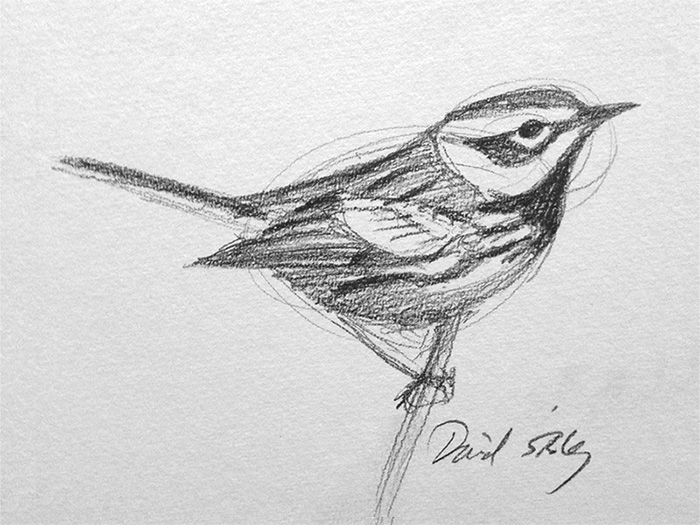
Cross-hatching, on the other hand, involves drawing parallel lines in different directions to create a hatch pattern. This technique can be used to add shading and dimension to your sketches. By varying the spacing and angle of the lines, you can create different textures and effects.
Experiment with different pressures and pencil hardness to achieve the desired effect. With practice, you can master these techniques and add depth and texture to your colored pencil sketches.
When it comes to exploring mixed media with colored pencils, combining colors for impact is a key technique to master. By blending and layering different colors, artists can create vibrant and dynamic artworks that capture the viewer's attention.
Additionally, experimenting with texture techniques using colored pencils can add depth and dimension to the artwork, allowing for a more tactile and engaging visual experience.
Combining Colors for Impact
Using a variety of hues and shades, artists can create stunning visual effects by skillfully blending different colors with colored pencils. The art of combining colors for impact involves using various color blending techniques and color layering techniques to achieve desired results.
Here are three techniques that can help artists unleash their creativity and create captivating artworks:
Color Blending: By overlapping and layering different colors, artists can create smooth transitions and gradients. They can use techniques such as burnishing, where pressure is applied to blend colors together, or layering, where multiple layers of colors are added to create depth and dimension.
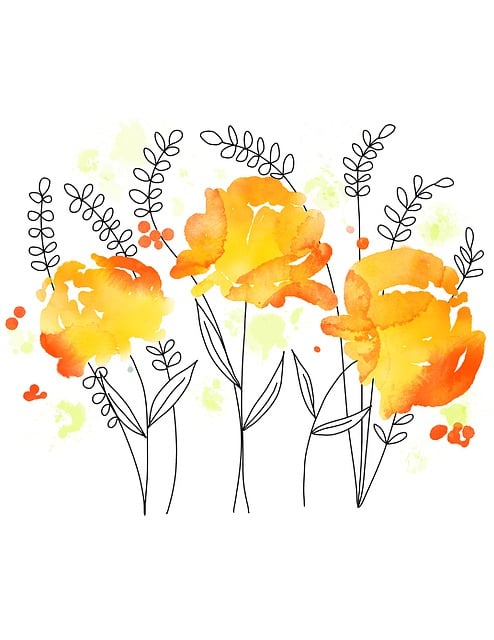
Color Mixing: Combining different colored pencils on the drawing surface allows artists to create new colors and tones. By experimenting with different combinations, artists can achieve unique and vibrant effects.
Color Contrast: Playing with contrasting colors can create striking visual impact. Artists can pair complementary colors (opposite on the color wheel) or use warm and cool colors to create dynamic and visually appealing compositions.
Texture Techniques With Pencils
Occasionally, artists can achieve unique and captivating effects by incorporating texture techniques with colored pencils, as they explore the realm of mixed media.
Creating texture with colored pencils can add depth and interest to artwork, particularly in botanical illustrations. There are several techniques that can be used to add texture to these illustrations.
One method is to use small, circular strokes to create the appearance of leaves or petals. Another technique involves using a light touch and layering different colors to create a sense of depth and dimension.
Additionally, artists can experiment with blending techniques, such as using a blending stump or solvent, to create smooth or rough textures. By incorporating these techniques, artists can elevate their botanical illustrations and create artwork that is visually stunning and full of life.
Frequently Asked Questions
What Are Some Tips for Selecting the Right Colored Pencils?
Choosing the best colored pencils involves considering factors such as pigment quality, color range, and durability. Finding the perfect match requires researching different brands, testing samples, and understanding the specific needs of your artistic style and medium.
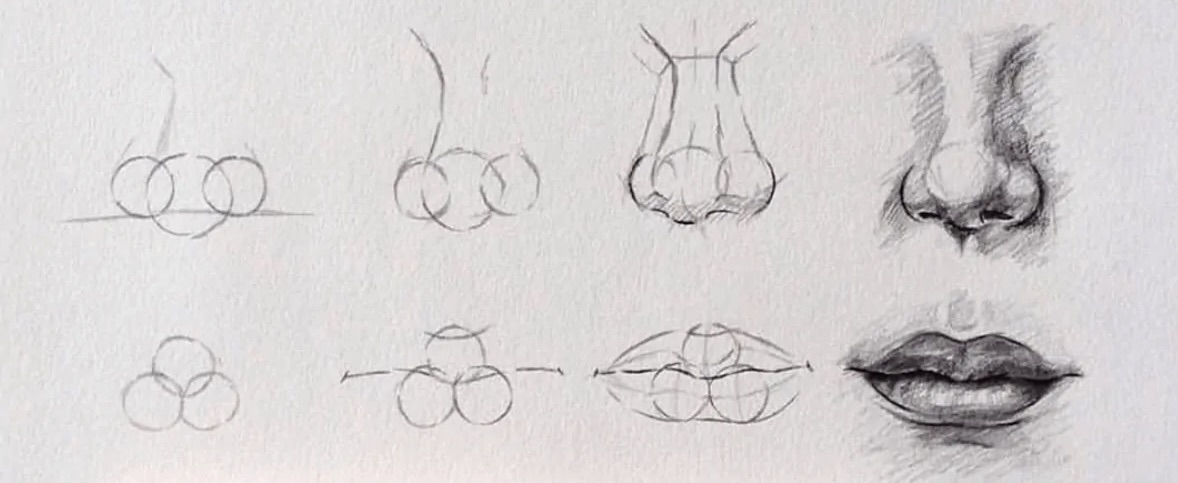
Can Colored Pencils Be Used on Different Types of Paper?
Yes, colored pencils can be used on different types of paper. Using colored pencils on unconventional surfaces allows artists to explore different blending techniques, resulting in unique and creative artworks.
How Can I Create a Smooth and Even Layering Effect With Colored Pencils?
To create a smooth and even layering effect with colored pencils, utilize blending techniques such as burnishing or layering. These techniques allow for the gradual buildup of vibrant colors, resulting in a professional and visually appealing artwork.
Are There Any Specific Techniques for Achieving Realistic Texture With Colored Pencils?
Creating three dimensional effects with colored pencils requires mastering blending techniques for achieving a seamless look. By layering and burnishing, artists can create realistic textures that add depth and dimension to their drawings.
What Are Some Common Mistakes to Avoid When Using Colored Pencils?
When using colored pencils, it is important to avoid common mistakes such as applying too much pressure and not blending colors properly. These errors can result in a lack of smoothness and realism in your artwork.
 Writing TipsCreative WritingJournalingSketching TechniquesBuying GuidesPrivacy PolicyTerms And Conditions
Writing TipsCreative WritingJournalingSketching TechniquesBuying GuidesPrivacy PolicyTerms And Conditions
